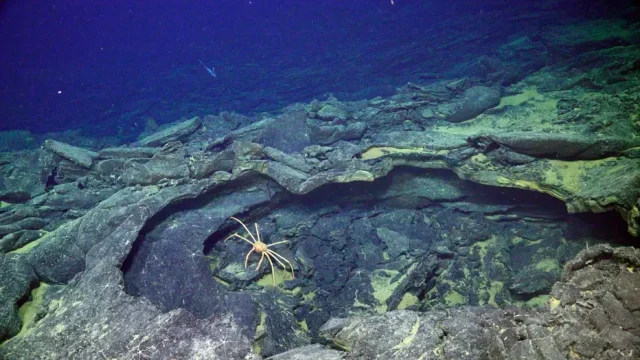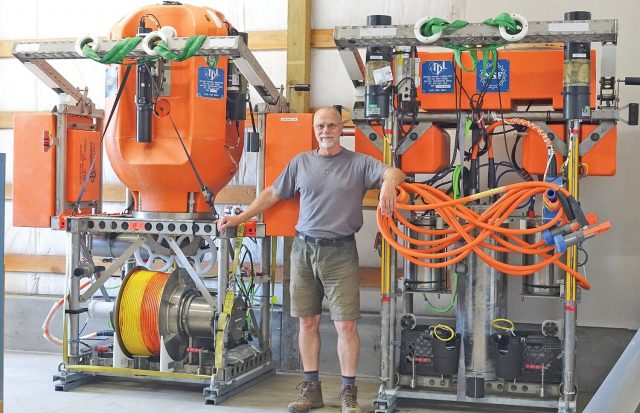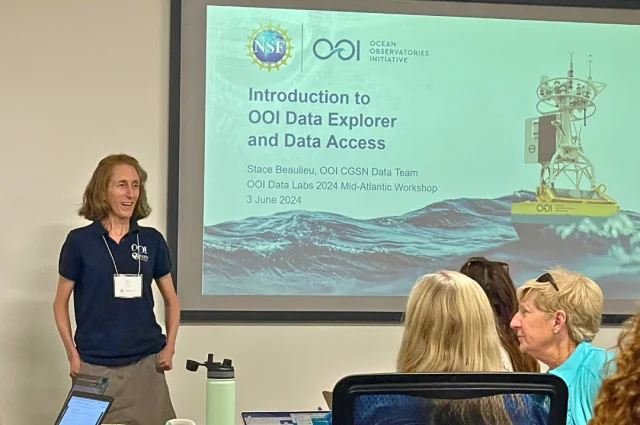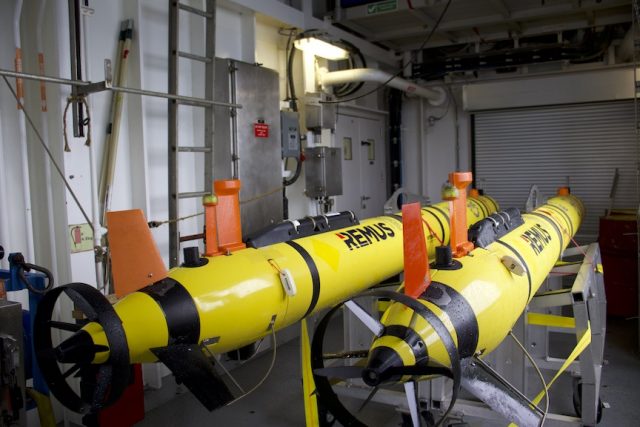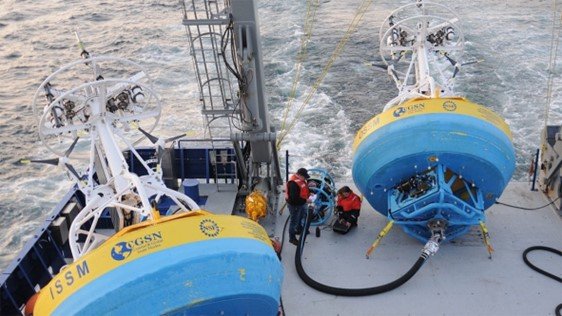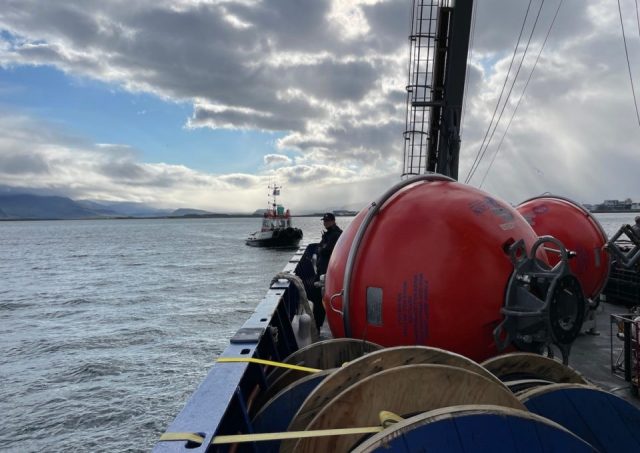OOI In The News
Underwater volcano poised to erupt off OR coast, Seattle scientists say
Axial Seamount, an underwater volcano located 300 miles off the coast of Oregon and more than 4,900 feet below the surface of the Pacific Ocean, is showing signs of an impending eruption. Read more from FOX13 Seattle.
Read MoreThe Pacific Northwest’s most active underwater volcano is getting ready to erupt
Three hundred miles off the coast of Oregon and more than 4,900 feet below the surface of the Pacific Ocean, one of the Pacific Northwest’s least famous — but most active — volcanoes is showing signs that it will soon erupt for the first time since 2015.
Read more from the University of Washington’s College of the Environment.
Read MoreRegional Cabled Array Tracks Axial Seamount’s Impending Eruption
The Regional Cabled Array, a network of over 660 miles of undersea cables with more than 140 monitoring instruments, provides real-time data on the Axial Seamount, making it the most extensively studied undersea volcano. This system has detected magma reservoir inflation and increased seismic activity, key indicators that an eruption is likely before the end of 2025.
Read more from the Herald-Tribune.
Read MoreCyber Resiliency Summit: Craig Risien
The Ocean Observatories Initiative (OOI) is at the forefront of data-driven discovery, leveraging advanced storage solutions, strategic planning, and innovative partnerships to protect and share critical oceanic research data for decades to come.
Hear from Oregon State University’s Craig Risien, CI Systems Project Manager, as he discusses OOI’s cyber resilience strategy with theCUBE at the Cyber Resiliency Summit 2025.
Read the full article by Victor Dabrinze on SiliconANGLE.
Read MoreUW Physics Lab Engineer to Speak about Science of Underwater Sound
Eric McRae’s work has taken him to the research vessel Thomas G. Thompson in the northeast Pacific Ocean, as well as the research vessel Atlantis in 2019, for the Ocean Observatories Initiative’s deployments of its Regional Cabled Array Shallow Profilers.
Read MoreURI Receives $3.2 Million NSF Award to Support OOI
University of Rhode Island Receives $3.2 Million NSF Award to Support Ocean Observatories Initiative.
Read MoreAwash with Data
Forty-seven professors from 13 states attended the Data Labs 2024 workshop in Wilmington to enhance their teaching by integrating raw oceanographic data from the NSF Ocean Observatories Initiative (OOI) into their curriculum.
Read MoreREMUS 600 at Pioneer Array Reported
The use of REMUS 600 autonomous underwater vehicle at the new Pioneer Array location in the Mid-Atlantic Bight was reported in AZoRobotics.
Read More
National Lab Researchers Working on Wave Energy Converter for Pioneer
The Water Power Technologies Office of the US Department of Energy’s Office of Energy Efficiency and Renewable Energy announced that Sandia National Laboratories, in partnership with Woods Hole Oceanographic Institution, is working to develop a wave energy converter (WEC) that can support the Coastal Pioneer Array, one of five arrays that make up the U.S. National Science Foundation Ocean Observatories Initiative.
The WEC will serve the Coastal Surfacing Mooring (CSM) system, which currently relies on solar, wind, and battery systems to power multiple sensors on the buoy itself and along the mooring line. These existing energy resources meet the system’s full power demand about 70% of the time. To satisfy the full power demand 100% of the time and prevent interruptions to data streams, Sandia has been investigating designs for WECs that could provide additional electrical power to the CSM.
Read more here.
Read MoreCall for Additional Ocean Observations
In a widely distributed editorial opinion piece, Peter de Menocal, president and director of the Woods Hole Oceanographic Institution, and Margaret Leinen, vice chancellor for marine science and director of the Scripps Institution of Oceanography/University of California San Diego, explain why the ocean can be seen as our greatest ally in tackling climate change. They cite the importance of ocean observing systems like the Ocean Observatories Initiative (OOI), the ARGO Program, and ship-based operations, including those supported by the global GO-SHIP expeditions.
Read about how OOI and others are contributing vital data to understanding the changing ocean.
https://oceanographicmagazine.com/features/the-ocean-our-greatest-ally-in-tackling-climate-change/
http://digital.oceannews.com/december-2023/page-1?m=9767&i=810338&p=14&_ga=2.249360967.1538107420.1702656208-1663532955.1702656207&ver=html5
Read More

